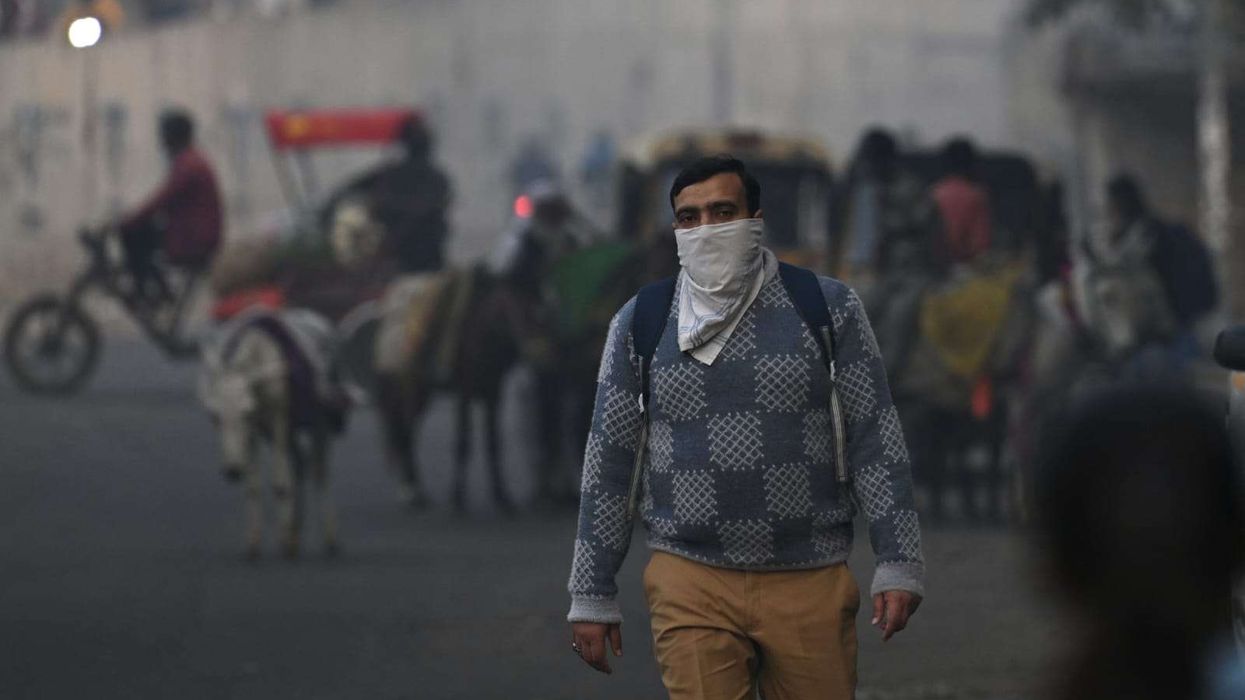Holistic health and nutrition coach and food blogger Farhana choudhury gives some key advice and recipes for Ramadan.
Up your fluid intake
Muslims fast from dawn to sunset every day during the holy month of Ramadan. the ninth month in the lunar islamic calendar falls during summer in the UK this year and it is important to keep the body properly hydrated.
Extreme thirst can cause confusion, irritation and increase hunger pangs. in some cases, it can cause illness and lead some people to break their fasts. A dehydrated body will slow you down in everyday tasks, as well as in worship.
it’s important to prioritise hydration during the month all the way to the end. Drinking water through the day, of course, isn’t permitted, but what you do during meal times will influence how you feel while you are fasting.
it is a good idea to include hydrating foods like fresh fruits and drinks like coconut water in your diet just so you are fully covered.
Fried, salty and sugary food and drinks at meal times can lead to you feeling thirsty later, so try avoiding them. refreshing chia drink (Gluten, dairy and nut free): soak two tablespoons of chia seeds in 500 ml of water, then add a squeeze of lemon or lime juice. For added flavour and benefit, you can include a handful of berries and/or cucumber slices and leave it in the fridge overnight. chia seeds are high in antioxidants, protein and are a good source of healthy fats. they are ideal to use as they absorb up to 10 times their volume and turn into a gel, which helps stabilise blood sugar levels and sup- ports the body against dehydration.
pace yourself
Ramadan is a wonderful time where many Muslims connect with friends and family by hosting iftari (evening meal) parties, serving a variety of traditional dishes and snacks including samosas, pakoras, kitchri, indian sweets, lassi, desserts, fresh fruits and biryani.
When presented with such a fragrant and aromatic feast, slow down and take your time. Avoid binge eating as this may directly affect your mood and energy levels for late-night prayers.
this is a recipe for a healthy sweet treat that you can drink or eat when you have a sugar craving. it can be prepared beforehand and blended straight from the freezer and included during the evening or the pre-dawn meal.
Mango and walnut smoothie (Gluten and dairy free):
You will need 500 ml of coconut water/still water, a handful of raw soaked walnuts and cashew nuts, one cup of chopped fresh mangoes and a pinch of turmeric. Blend all the ingredients and enjoy over ice. A thicker consistency can be eaten from a bowl. You can also sprinkle a few walnut pieces, pumpkin seeds, pistachios and goji berries.
Mangoes are a good source of antioxidants. they contain vitamin c, which helps to keep cells healthy and is important in collagen production. they also have vitamin A, which is needed for healthy eyes and bone growth. Mangoes are also a great source of soluble fibre. the nuts and seeds in this recipe provide healthy monounsaturated fats, protein, fibre and are beneficial for heart health.
Log onto www.instagram.com/glorious goodness to find out more.











